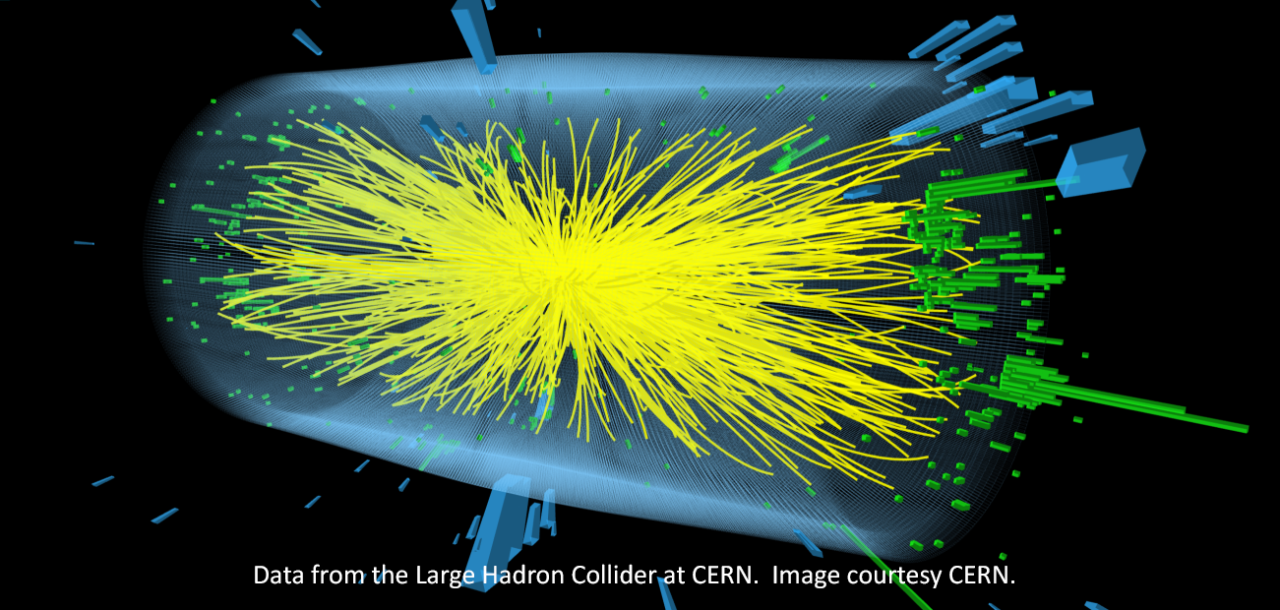The concept of virtual particles emerges as one of the most intriguing facets of quantum physics, providing insight into the non-intuitive nature of the quantum realm. These ephemeral entities, which are fundamental to various physical phenomena, challenge classical understandings and invite deeper examination into their origins and implications. Here, we shall dissect the origins of virtual particles, elucidating their significance within quantum field theory, their connection to vacuum fluctuations, and the broader implications for our understanding of the universe.
The term “virtual particle” is most often encountered in the context of quantum field theory (QFT). In this robust theoretical framework, particles are not seen as discrete entities but rather as excitations within underlying fields. Every particle corresponds to a unique field permeating the universe. Virtual particles arise within this framework as transient fluctuations that occur in vacuum states, effectively bridging the gap between the observable (real particles) and the imperceptible (energy fluctuations).
The genesis of virtual particles can be traced back to the Heisenberg uncertainty principle, which posits an intrinsic limitation on the precision with which certain pairs of physical properties, such as position and momentum, can be known simultaneously. This principle also applies to energy and time, allowing for temporary violations of energy conservation on minuscule timescales. As a result, the vacuum, rather than being a void, appear to teem with activity. The fleeting existence of virtual particles—often represented in Feynman diagrams—serves as a manifestation of this uncertainty, allowing particles to seemingly “borrow” energy and materialize for brief moments before annihilating each other.
From a theoretical standpoint, virtual particles arise primarily in interactions mediated by quantum fields. Consider quantum electrodynamics (QED), which examines the interactions between charged particles and electromagnetic fields. When two electrons interact, they exchange a virtual photon—a candidate for a virtual particle. Despite being unobservable directly, the effects attributed to virtual particles can be quantified and are critical in explaining processes such as the scattering of electrons. In this way, virtual particles serve as intermediaries that facilitate interactions in the quantum realm.
It is essential to disambiguate between virtual and real particles. Real particles can be asymptotically separated from their interactions and can be observed with sufficient energy. In contrast, virtual particles exist only in interactions and cannot be detected independently; they exist transiently and can be likened to the molecular vibrations that characteristically accompany excitations in a harmonic oscillator. These interactions and exchanges occur across various forces beyond electromagnetism, including the strong and weak nuclear forces, magnifying the tangled web of interactions within the quantum tapestry.
The concept of vacuum fluctuations lends further depth to the discussion. The vacuum state, ordinarily thought of as empty space, is instead a seething cauldron of activity. This is vividly illustrated in the Casimir effect, where the presence of conductive plates in a vacuum induces a measurable force between them as a result of the suppression of virtual particle modes between the plates. Such examples underscore the foundational role that virtual particles play in mediating forces and illuminating otherwise obscure aspects of quantum behavior.
Moreover, the implications of virtual particles stretch beyond mere theoretical constructs. Their potential role in the cosmological phenomena observed in our universe, such as dark energy and the accelerated expansion of the cosmos, emerges as an area of ongoing investigation. The vacuum energy associated with virtual particle production may contribute to the universe’s dark energy, though the exact nature and implications remain a matter of speculation and extensive research. Similarly, Hawking radiation—the theoretical prediction of black hole evaporation—relies on the concept of virtual particles at the event horizon, where particle-antiparticle pairs arise and lead to observable radiation escaping a black hole.
In summary, the origin of virtual particles within quantum physics constitutes an intricate intertwining of fundamental principles such as the Heisenberg uncertainty principle, quantum field theory, and the very essence of vacuum itself. Their existence illuminates the dynamic interplay driving the universe at microscopic scales, affording insights into electromagnetic interactions, gravitational anomalies, and the overall fabric of spacetime. The exploration of these elusive phenomena continues to challenge our comprehension and ignite fervent curiosity about the nature of reality at its most fundamental level. Ultimately, virtual particles underscore the profound ideas that permeate the quantum domain, inviting us to reconsider our longstanding perceptions of emptiness, energy, and existence in the universe.












